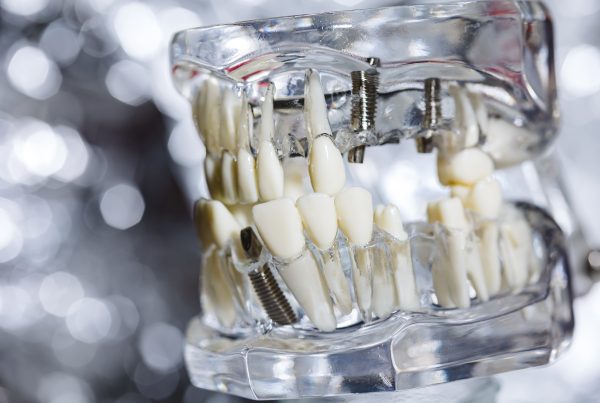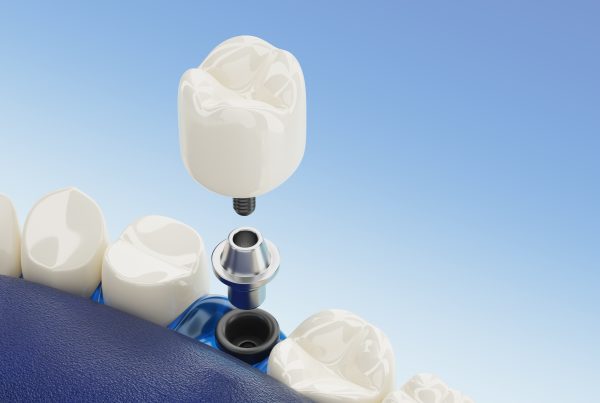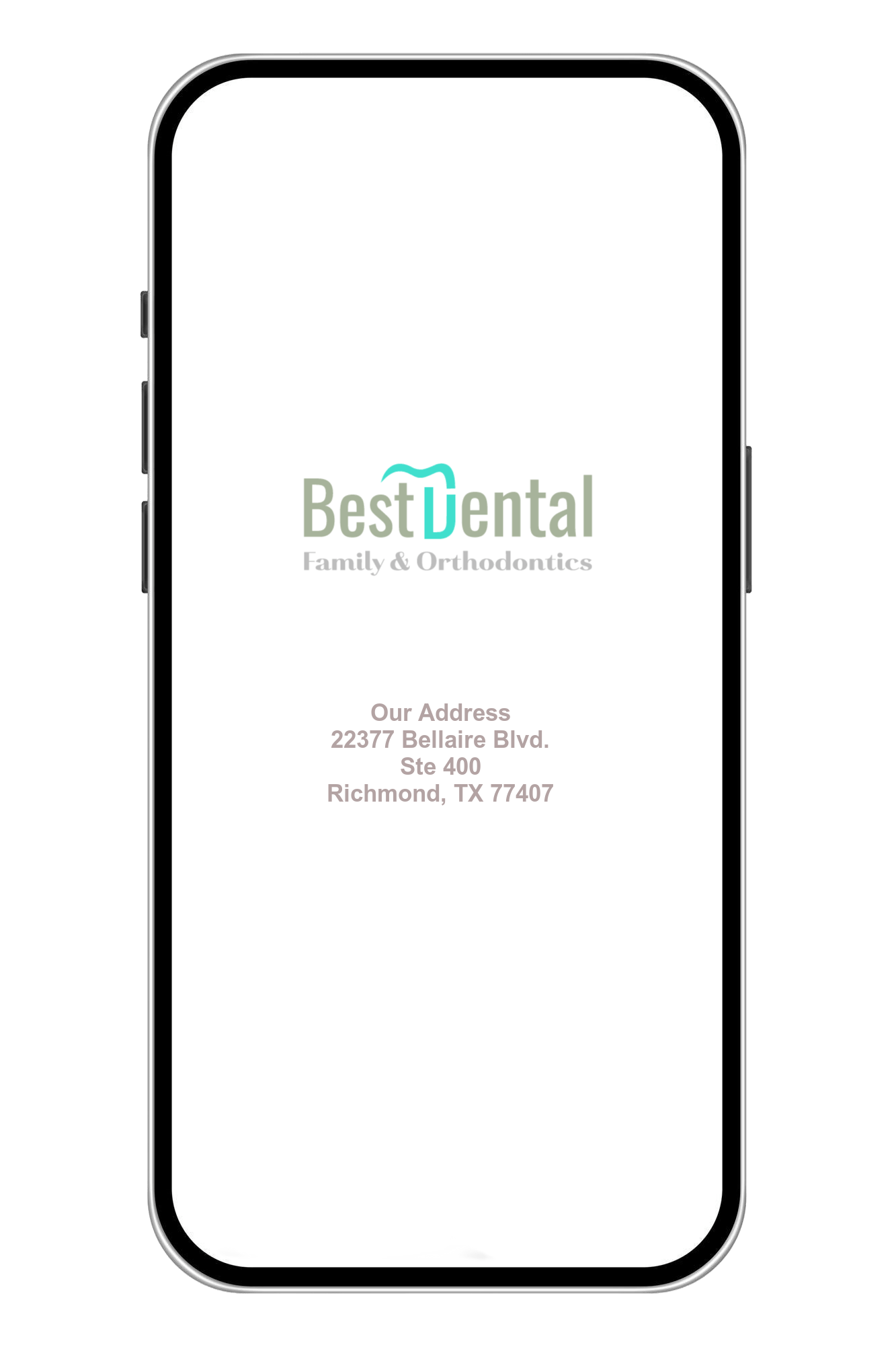Can Dental Implants Be Pain Free?
Dental implants have become a popular and effective solution for replacing missing teeth, offering numerous advantages in terms of both functionality and aesthetics. While the prospect of undergoing a dental implant procedure may cause some anxiety for many individuals, the question of how painful dental implants are is a common concern. The level of pain experienced during and after dental implant surgery can vary from person to person, depending on various factors, including the patient's pain threshold, the complexity of the procedure, and the skill of the dental professional. In this article, we will explore the typical pain associated with dental implants, as well as strategies for managing and minimizing discomfort to ensure a successful and relatively pain-free dental implant journey.

What factors contribute to the pain levels associated with dental implant surgery?
Several factors can contribute to the pain levels associated with dental implant surgery, varying from individual pain thresholds to the complexity of the procedure itself. Firstly, the extent of the surgery plays a significant role in determining the level of discomfort experienced by the patient. More complex cases, such as those involving bone grafting or sinus lifts, often result in a more prolonged and potentially more painful recovery process. Additionally, the number of implants being placed and their location within the mouth can influence the pain levels, as certain areas may be more sensitive than others. For instance, implants in the lower jaw might result in more discomfort initially due to the higher density of nerves in this region.
Secondly, individual pain tolerance varies from person to person and can significantly impact the perception of pain during and after the dental implant procedure. Some patients may report minimal discomfort and pain, while others may experience more intense sensations during the process. Dentists often take into account a patient’s pain threshold when determining the appropriate pain management techniques and medications to administer, ensuring a more comfortable experience for the individual.
Furthermore, the skill and experience of the dental professional performing the implant surgery are critical factors in mitigating pain levels. A highly trained and experienced oral surgeon can implement techniques that minimize tissue trauma during the procedure, reducing post-operative discomfort. Their proficiency in placing the implant accurately and efficiently also contributes to a smoother and less painful recovery for the patient. Additionally, proper adherence to surgical protocols and strict hygiene practices can help prevent post-operative infections and complications that may exacerbate pain levels.
What can patients expect in terms of pain management and recovery after getting dental implants?
Patients can expect a comprehensive pain management plan to be in place following dental implant surgery, aiming to ensure a smooth and comfortable recovery process. Initially, post-operative discomfort and pain are common, often requiring the use of prescribed or over-the-counter pain medications. Nonsteroidal anti-inflammatory drugs (NSAIDs) such as ibuprofen are commonly recommended to alleviate any swelling and manage mild to moderate pain. In some cases, dentists may also prescribe stronger pain relievers to help patients manage any more intense discomfort during the initial stages of recovery.
During the recovery period, patients can expect to receive thorough guidance from their dental professionals on how to manage post-operative pain effectively. This typically includes instructions on proper oral hygiene practices to prevent infection, the use of ice packs to reduce swelling, and recommendations for a soft diet to minimize discomfort while the implant site heals. Furthermore, patients may be advised to avoid certain activities that could potentially disrupt the healing process and prolong discomfort, such as strenuous exercise, smoking, or consuming hard or chewy foods.
Over time, as the implant site heals and the surrounding tissues adjust, the intensity of pain experienced by patients typically decreases. The duration of the recovery period can vary depending on individual healing rates, with most patients experiencing a significant reduction in discomfort within a few days to a couple of weeks. However, it is essential for patients to follow their dentist’s post-operative instructions diligently to ensure optimal healing and a smoother recovery process. Regular follow-up appointments may also be scheduled to monitor the progress of the implant site and address any concerns or issues that may arise during the recovery phase.


Are there any potential complications or risks that could lead to increased pain or discomfort during or after the dental implant procedure?
While dental implant surgery is generally considered a safe and effective procedure, certain potential complications and risks can contribute to increased pain or discomfort during or after the treatment. One common risk is infection, which can occur if proper oral hygiene is not maintained following the surgery. Infections at the implant site can lead to inflammation, increased pain, and delayed healing, requiring additional treatment and potentially impacting the overall success of the implant.
Moreover, nerve damage is another potential risk that could result in heightened pain or discomfort. In some cases, the nerves surrounding the implant site may sustain damage during the procedure, leading to temporary or, in rare instances, permanent numbness, tingling, or heightened sensitivity in the mouth and surrounding areas. Such nerve-related complications can result in prolonged discomfort and require specialized management and care.
Additionally, inadequate osseointegration, wherein the implant fails to properly fuse with the jawbone, can lead to pain and discomfort, along with potential implant failure. Poor healing, bone loss, or other underlying health issues can contribute to this complication. Patients may experience persistent discomfort, instability, or even the loosening of the implant if osseointegration is compromised.
Furthermore, issues such as implant rejection, implant fracture, or peri-implantitis (inflammation of the tissues surrounding the implant) can also lead to increased pain or discomfort, necessitating prompt professional intervention to address these complications and minimize their impact on the patient’s well-being and the success of the implant. It is crucial for patients to stay vigilant and follow their dentist’s post-operative instructions meticulously to reduce the likelihood of these complications and ensure a smoother recovery process. Regular follow-up appointments and open communication with the dental professional are essential for early detection and prompt management of any potential risks or complications that may arise.
How do the location and number of dental implants impact the level of pain experienced by the patient?
The location and number of dental implants can have a significant impact on the level of pain experienced by the patient during and after the implant procedure. Here’s how these factors influence the pain:
- Location of Implants:
- Implants in the lower jaw (mandible) may lead to increased discomfort initially due to the higher density of nerves in this region. The proximity of these nerves can result in heightened sensitivity and potentially more noticeable pain during and after surgery.
- Implants placed near the sinus cavities in the upper jaw (maxilla) may also lead to increased discomfort, especially if a sinus lift procedure is required to create sufficient bone volume for implant placement. Patients may experience more pressure and potential congestion in the sinus area, contributing to discomfort.
- Number of Implants:
- The number of implants being placed can impact the overall duration and level of pain experienced by the patient. While single-tooth implants may cause localized discomfort, multiple or full-arch implant procedures can lead to more widespread discomfort and a longer recovery period.
- Patients receiving multiple implants in a single surgical session may experience more post-operative pain compared to those getting individual implants at separate appointments. This is because the collective impact of multiple implants can result in more extensive tissue trauma and swelling.
In both cases, the location and number of dental implants can influence the level of pain, but it’s essential to note that individual pain thresholds vary. Some patients may find the discomfort to be manageable and short-lived, while others may experience more intense sensations. Dentists typically take these factors into consideration when planning pain management strategies and providing guidance to patients during their recovery period. Proper post-operative care and adherence to the dentist’s recommendations are crucial in minimizing pain and ensuring a successful implant outcome, regardless of the implant’s location or the number being placed.


What are some common strategies used by dental professionals to minimize pain and discomfort during the healing process after receiving dental implants?
Dental professionals utilize various strategies to minimize pain and discomfort during the healing process after patients receive dental implants. Some common techniques include the use of preemptive pain management protocols, such as administering local anesthesia during the surgery and prescribing appropriate pain medications for the post-operative period. Additionally, the use of minimally invasive surgical techniques, such as flapless surgery or guided implant placement, can help reduce tissue trauma and minimize post-operative discomfort.
Furthermore, the application of cold therapy in the form of ice packs or cold compresses on the outside of the face can help alleviate swelling and reduce pain at the implant site. Providing patients with comprehensive post-operative care instructions, including proper oral hygiene practices, dietary guidelines, and activity restrictions, is crucial for minimizing pain and ensuring a smooth recovery. Regular follow-up appointments also enable dental professionals to monitor the healing process and address any concerns or issues that may arise during the recovery phase.
One study published in the “Journal of Oral Implantology” demonstrated the effectiveness of preemptive analgesia in minimizing pain and discomfort after dental implant surgery. The study highlighted the benefits of administering nonsteroidal anti-inflammatory drugs (NSAIDs) and acetaminophen before the procedure, which resulted in reduced post-operative pain and improved patient comfort. The implementation of preemptive analgesia represents an important strategy for dental professionals to proactively manage pain and enhance the overall patient experience during the healing process following dental implant surgery.
How long does it typically take for patients to recover from dental implant surgery, and when can they expect the pain to subside?
The recovery period following dental implant surgery can vary depending on various factors, including the patient’s overall health, the complexity of the procedure, and the specific treatment plan. In general, patients can expect the initial phase of recovery, which involves managing post-operative pain and swelling, to last approximately a few days to a couple of weeks. During this time, it is common for patients to experience discomfort, which can gradually subside as the body begins to heal and adapt to the presence of the dental implant.
Typically, the acute pain and discomfort experienced immediately after the surgery begin to diminish within the first few days, as the body’s natural healing process takes effect. Patients may be advised to take prescribed or over-the-counter pain medications as directed by their dentist to manage any residual discomfort during this initial recovery phase. Additionally, the use of ice packs or cold compresses on the outside of the face can help reduce swelling and alleviate pain at the implant site.
Over the following weeks and months, patients can expect the implant site to continue healing and the surrounding tissues to adapt to the presence of the implant. As the osseointegration process takes place, where the implant fuses with the jawbone, any residual discomfort typically subsides gradually. By maintaining proper oral hygiene, following the dentist’s post-operative instructions, and attending scheduled follow-up appointments, patients can help ensure a successful recovery and a reduction in any lingering discomfort. However, it’s important to note that individual healing rates can vary, and some patients may experience a faster or slower recovery process based on their unique circumstances and overall health status. Regular communication with the dental professional can provide valuable guidance and support throughout the recovery journey.





